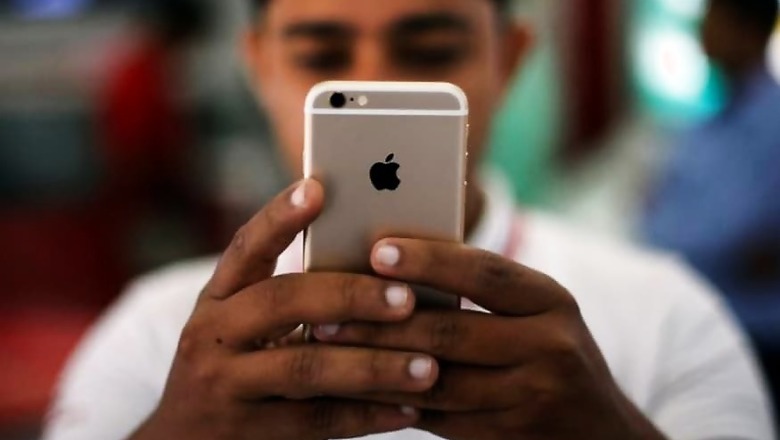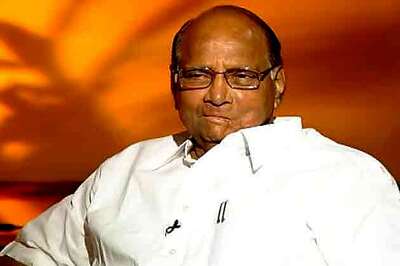
views
The brave new world of remote-controlled cars is now technically possible using wireless technologies which are set to be commonplace early in the next decade, two major telecoms companies said at a test drive staged on Monday during an industry conference in Barcelona.
Spanish networks operator Telefonica (TEF.MC) joined forces with Swedish network equipment maker Ericsson (ERICb.ST) to demonstrate how a car could be remotely controlled around obstacles on a test track located 70 kilometres away in Tarragona using wireless networks.
The driver of the vehicle took the wheel from the floor of the Fira conference centre in Barcelona, on the first day of the Mobile World Congress, Europe's biggest annual industry gathering.
The remote test drive relied on the latest mobile networks which are controlled in the cloud and are capable of the quick response times and high data-rates to make split-second driving decisions from afar.
Ericsson and Telefonica worked in partnership with KTH, Sweden's Royal Institute of Technology, and vehicle safety testing company Idiada (APPS.MC) to organise the demonstration.
Javier Lorca, head of innovation in wireless access networks at Telefonica said using state-of-the-art wireless networks to remotely control vehicles at a distance has many possible applications, ranging from electric fleets traversing university campuses and even, eventually for widescale public transport.
But he cautioned that, for the near term, such applications would require travelling only within closed-circuit, predictable routes and in situations where it is otherwise impractical for the driver to be seated behind the wheel of the vehicle itself.
The event was intended to highlight the possibilities of 5G, or fifth-generation, wireless networks, which are expected to begin to become mainstream around the world in the years after 2020.
However, Telefonica said in a statement that current, so-called 4.5G networks could handle most of these demands.
Telefonica has invested 38 billion euros in the last five years to reach millions of homes with it higher-speed fibre fixed-line broadband network, which it considers to be crucial to 5G.




















Comments
0 comment